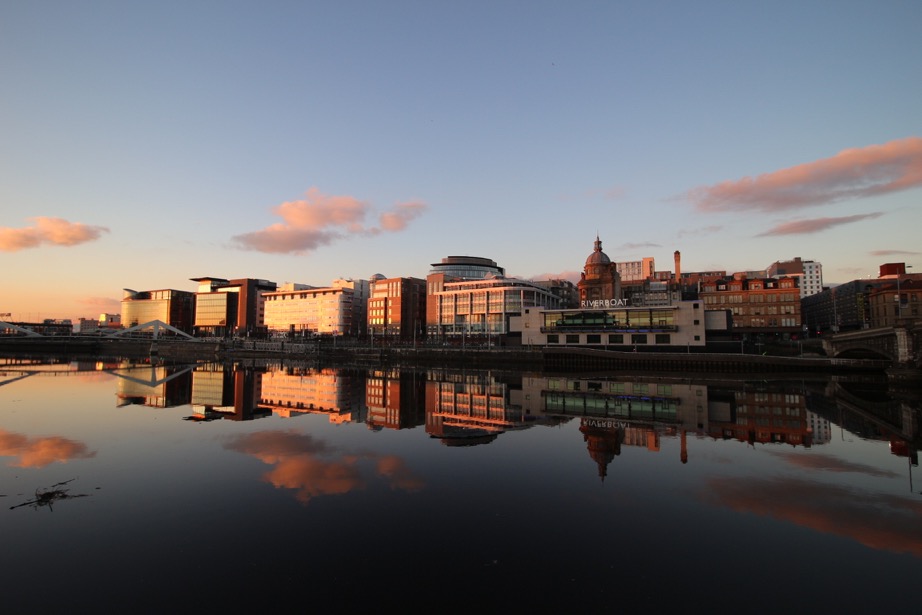
Spent a wet, but cheerful, couple of days in the Langdales last weekend, co-incidentally as the Lake District staged its Birthday Extravaganza to celebrate 60 years as a national park.
Although the rain and mizzle undoubtedly deterred some from attempting the rocks and summits, the lower paths were busy and the kaleidoscope of canvas (or whatever techno fabrics that have replaced it) in the camp sites, suggested that this summer’s staycationers won’t put off by a few showers either.
However, even a cursory, totally unscientific study of the ramblers and fell walkers on view would confirm what those of us who regularly hit the hills already know too well: the profile of the average fell walker is an uncomfortable reflection of the narrow social class who enjoy our national parks and the great outdoors generally.
Middle-aged, clearly at least middle income given the variety of mid-market outdoor labels on view, often grey-haired, several (impressively) well into their seventh and eighth decade, there were more Labradors and spaniels splashing about than anyone remotely under the age of 30. And, as for any black or brown faces, forget it: geographically Grasmere may be within 50 miles of Greater Manchester, but in terms of any similarity in ethnic profile, it may as well be on the moon.
OK, so walking only accounts for a percentage of visitors to the Lake District and other national parks and it’s a fair bet that those swinging from trip wires or paddling the rapids would be considerably younger. But, although there were several teenagers on off-road bike trails, many more riders were middle-aged and the profile of the roadies was very similar to their sliver-haired counterparts on motorbikes. And, everyone I saw enjoying any outdoor activity was white.
This is hardly an earth-shattering conclusion and it certainly does not add anything to what is already common knowledge. But, coming at the end of a week that exposed stark divisions within our society, shocking examples of disaffected young people and serious polarisation within sections of some major English cities, it is interesting to ask why so few young people, why so few from ethnic minorities and those who live in cities (of all ages) are represented in activities within our national parks and in the great outdoors generally.
Undoubtedly the Duke of Edinburgh Awards, inclusion schemes operated by schools, youth groups, the Prince’s Trust and others do a fantastic job in enabling some young people from all over the country, to gain self-confidence and the opportunity to work together and learn new skills in challenging situations, but they only touch the surface. The real tragedy is that groups currently under-represented in the great outdoors – whether from the inner cities, or the disabled, or ethnic minorities -are not able, or do not have sufficient interest, to enjoy some of our most beautiful places.
Far more thorough and academic investigations have been applied to why this is the case, but given that national parks were established in part following the historic campaign by working people in our industrial towns and cities to gain greater access to the countryside, it seems particularly sad that, today, so few inhabitants of those areas are benefiting from what their predecessors fought for.
But, while this problem has no one single cause, it is not too simplistic to highlight one obstacle that threatens to make the situation even worse. Although many national parks – particularly the Peak District – are situated near large, multi-ethnic conurbations, this does not mean that it is easy to get to them. Look round the car parks, or walk through Windermere, Ambleside, or Bakewell any weekend and it’s clear that to get to the heart of most national parks, or the countryside generally, you have to drive there.
Despite a few encouraging bus services, getting to a national park, then travelling around it by public transport requires, patience, determination and the ability to spend hours negotiating the internet (always assuming you have access to the web). Recent cuts to local services, plus more hikes in train fares have combined to make the situation even worse.
Difficulty in accessing rural areas is an issue that is routinely overlooked, despite being habitually cited as a major obstacle by groups currently under-represented in the countryside. Improving public transport to these areas, as well as having clear environmental benefits, might also go some way to enabling these excluded groups to visit and enjoy the countryside. Interestingly, recent figures showing a sizeable increase in passengers using small, scenic railways, such as Derby to Matlock and the Looe Valley line in Cornwall, suggest people are willing to use these options, where they exist.
Improving access to the countryside may seem like very small beer compared to the numerous other problems of the early 21st century, but increasing access and enabling more of our population to enjoy the great outdoors could have some important social benefits and might just result in a little less polarisation and disaffection elsewhere.


